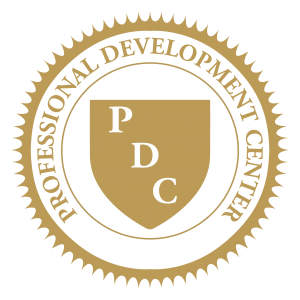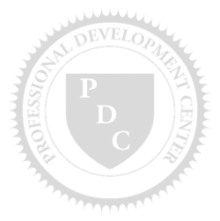-
Information Technology Management Workshop
March 17, 2018
9:00 AM - 5:00 PM -
March 17, 2018
9:00 AM - 5:00 PM
Venue: Tiffin University
Address:
Description:
155 Miami St,
Tiffin, OH 44883
Overview:
The primary audience for this course is IT and Organizational technical/managerial leadership interested in trends and recommendations from leading IT benchmarks, consultants, and thought leaders regards IT as it serves and supports its business.
Planning for IT relevance, impact, and strategic direction, this training is Introduction to basic data structures such as stacks, queues, lists, and priority queues, and algorithmic techniques for sorting, searching and hashing. Emphasis on modularity and reuse. Further, this introduction explores the concept of object-oriented design and interface specifications; It shares C-Level and top leadership operational and architectural models for E-Commerce and for business applications, database management systems, relational data model, normal forms, query language, security features, web access and scripting languages, development process and management, issues in management of enterprise information systems.
Outcomes:
- Clear definition of differences in requirements for building an IT based in products and applications vs. innovation
- Clear tools and templates for refinement of business cases toward shareholder value analysis and market superiority
- Clear leverage strategies of CIO discretionary spending vs. operational/incremental budget
- Improved business analysis tied to market dominance, not departmental issues
- A balanced view of technology tradeoffs with business acceleration
Module One
- IT a part of instead of apart from true business strategy
- Using IT applications and development for competitive advantage
- Exploring ways that data itself is competitive accelerator
- CRM data profiles and segmentation
- Operations efficiency
- Forecasting, Control, Decision Making
- Using external (not only internal metrics) to drive IT strategic performance
- Examples, Team Exercise (airlines, utility, consumer product teams)
- Debrief: implications for Patent operations
Module Two
- Balancing IT spend with discretionary investment
- Balancing CIO strategic and operational priorities
- Using a balanced scorecard, strategic hypothesis, and strategic map to track key performance indicators, critical success factors, tolerances, and remedies
- Applying “Lean” Principles to the IT factory
- Driving costs out of operations and toward superior business performance
- Team exercise and report out on provided articles
Module Three
- Innovative use of IT services to raise business performance
- Top line (sales and customer cross-selling) implications
- Challenging the processing and application development status quo
- Allowing new technologies to aid in cost reduction
- Supporting the PDA and Blackberry. Getting insight into the hands of the leaders
- Some group analysis: “Borrowing ideas from competitors, vendors, clients, and consultants” to make IT enablement of business more productive (Baird Report)
Module Four
- Governance structure reflecting Finance, HR, and other back office functions leading transformational improvements
- Joint accountability of IT outcomes: Eliminating the vacuum effect
- Definitive alignment to IT priorities: Hoshin Kanri (strategic planning)
- Running of a Hoshin Kanri session
- Documenting the business activities and aligning IT to them
- Establishing command and control via metrics, governance, and program management excellence
Module Five
- Analysis of “success rate” of IT investments
- Returns and “staying in the game” vs. “changing the game” technology
- Ensuring organization leadership treats IT as a means of competitive advantage, not “necessary evil”
- CIO leading the cultural change: aligning IT and non-IT resources to removing “technically brilliant, commercial failures” by focusing on new outcomes in operational management
- Power Users
- Ad Hoc Queries
- Policies
- Read and Writes
- Report Distribution
- Prioritization from Business Units
- Refreshed Business Cases
- Lifecycle Return on Investment Analysis
- “Sunrise and Sunset” activities in the Competency model of IT personnel (facilitator led with participant report outs: 15 minutes each)
- Can IT transformation leadership be an outcome of training? If so, what areas must be explored?
- Process and Policy understanding (e.g., rotational assignments and liaison work)
- Change Management and behavioral skill set
- Strategic analysis and troubleshooting
- Operational Improvement: Time, Quality, Waste, Efficiency Analysis
- Selling to top executives, clients, government leadership
Module Six
- IASA Report on CIOs
- Baird Report
- American Quality Council Report
- IBM, Spherion, Accenture, and HP findings (CIO interviews)
- Action Items and to Dos for each of us
- Sharing migration plans: Roundtable Discussion










